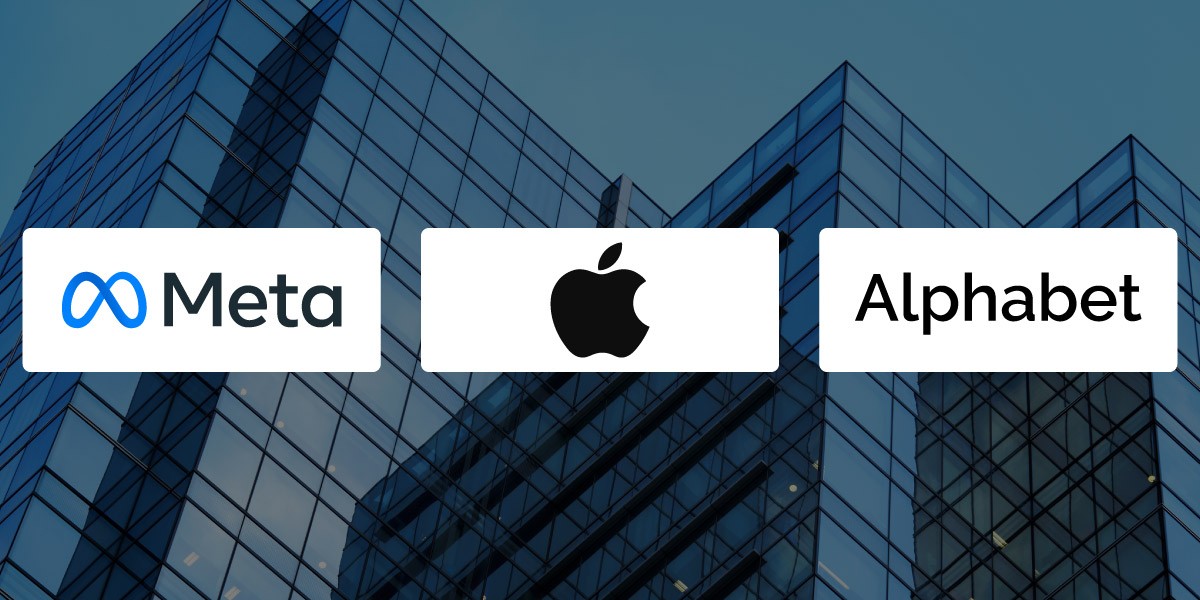The Observability tools and platforms market is poised for significant growth in the coming years, driven by the introduction of cloud-native technologies, the adoption of DevOps and SRE practices, and the increasing complexity of IT infrastructures. According to a new report by MarketsandMarkets, the market size is likely to expand from $2.4 billion in 2023 to $4.1 billion by 2028, with a compound annual growth rate (CAGR) of 11.7% during the forecast period.
Several factors contribute to the growth of the Observability tools and platforms market. The advancements in cloud technology, open-source software, development tools, and monitoring tools are creating opportunities for observability solutions.
According to the report, the rise in cloud-native demand and the surge in the adoption of cloud computing services are further fueling market growth. Additionally, the growth of advanced technologies such as AI, ML, IoT, and real-time data analytics, coupled with the enablement of AI-based tools in IT operations, drives the demand for observability tools and platforms.
- Real-time insights: These tools provide real-time visibility into the functionality of systems, applications, and infrastructure, allowing organizations to monitor critical metrics such as response times, latency, throughput, error rates, and resource usage. By carefully monitoring these indicators, organizations can identify bottlenecks, resolve performance issues, and optimize their systems for greater effectiveness.
- Proactive issue detection: Observability tools compile and analyze data from various sources, including logs, metrics, traces, and events, to provide a comprehensive view of system health. This enables organizations to identify and address issues before they impact end users, minimizing downtime and optimizing everyday operations.
- Comprehensive visibility: Observability tools offer thorough visibility into distributed and complex systems, making them well-suited for modern microservices architectures and cloud-based infrastructure. These technologies enable organizations to understand the end-to-end flow of requests and identify the root causes of problems by providing comprehensive insights into the interactions and interconnections between different components.
- Faster troubleshooting: Observability tools facilitate faster root cause analysis and troubleshooting by combining data from multiple sources and correlating events. With the help of contextual data such as logs, metrics, and traces, teams can quickly pinpoint the origin of an issue and take the necessary steps to resolve it, reducing the mean time to resolution (MTTR).
- Scalability and customization: Observability technologies are designed to handle large-scale, distributed environments and can gather, process, and analyze massive amounts of data generated by modern systems. Additionally, these tools are often flexible and customizable, allowing organizations to tailor them to their specific needs and scale them accordingly.
- Collaboration and communication: Observability tools promote collaboration and communication among teams, including development, operations, and security. By sharing a common understanding of system behavior and performance, teams can effectively detect and address problems. Features like dashboards, visualizations, and reporting facilitate clear and concise communication among teams and stakeholders.
- Improved customer experience: Continuous monitoring and enhancement of system performance through observability tools lead to improved customer experience. Organizations can enhance customer satisfaction, loyalty, and retention by identifying and resolving performance bottlenecks, ensuring high availability, and minimizing downtime.
Key players in the market
The Observability tools and platforms market includes major players and startups offering observability solutions globally. Some of the key vendors in this market are Dynatrace, ScienceLogic, LogicMonitor, Auvik, New Relic, GitLab, AppDynamics, SolarWinds, Splunk, Datadog, Sumo Logic, Monte Carlo, Acceldata, IBM, StackState, Nexthink, Riverbed, Broadcom, Lightstep, Microsoft, and Atatus (India).
These companies provide a wide range of Observability tools and platforms to meet the diverse needs of businesses, from small startups to global conglomerates.
WRITTEN BY
Team Eela
TechEela, the Bedrock of MarTech and Innovation, is a Digital Media Publication Website. We see a lot around us that needs to be told, shared, and experienced, and that is exactly what we offer to you as shots. As we like to say, “Here’s to everything you ever thought you knew. To everything, you never thought you knew”


